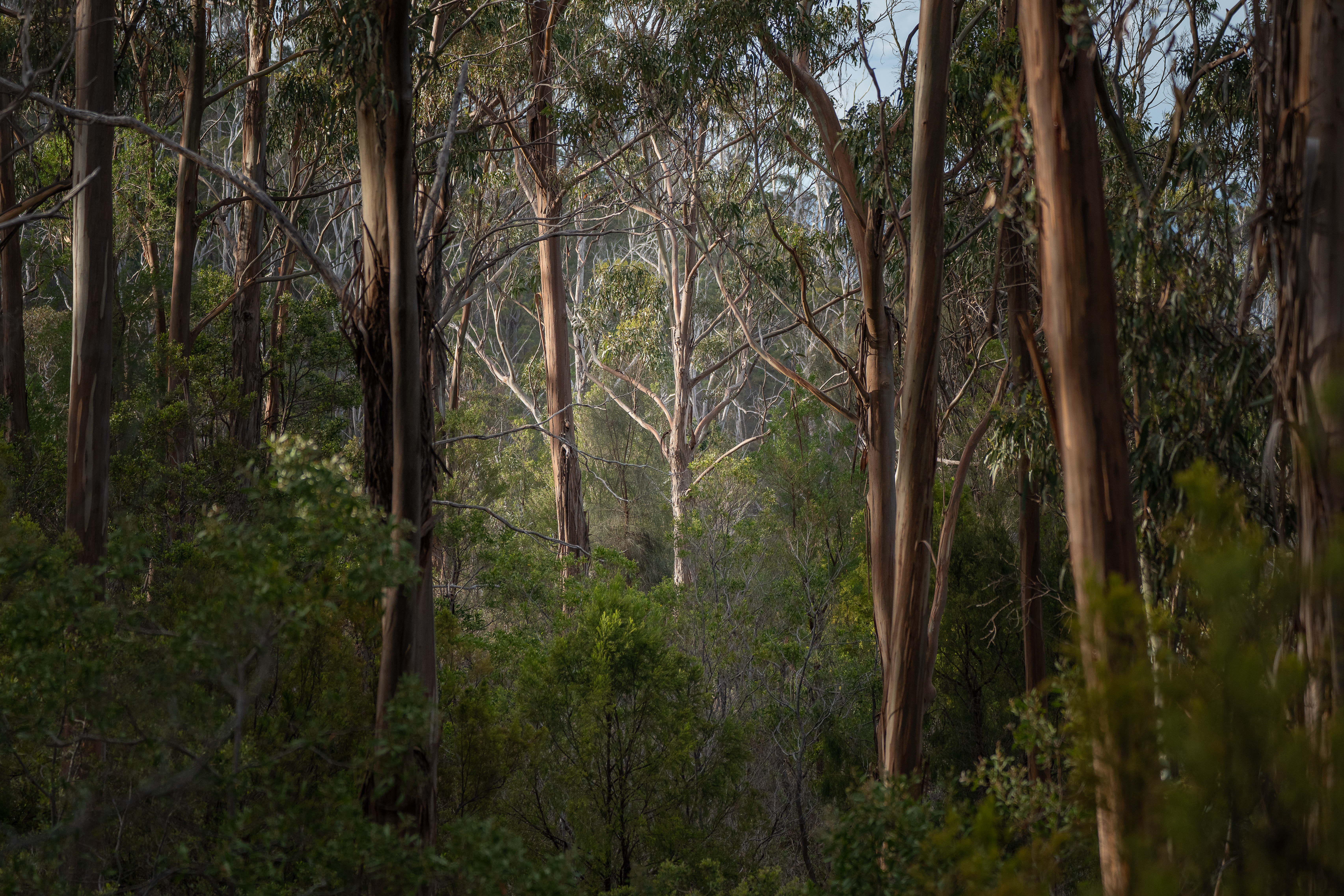Help remove unavoidable emissions by sponsoring Australian projects.
ERC Protocol Members move to support projects once they have a plan to reduce their emissions by completing Stages 1 through 3 in the platform.

ERC Protocol Projects
Delve into the heart of Stage 4: Support, where we take actionable steps towards a greener future through project sponsorship. Here's how we make a tangible difference:
- Our Stage 4: Support means sponsoring projects that help remove unavoidable emissions - such as the emissions caused by vehicles, waste and travel.
- Key Projects: ERC Australia focus on initiatives such as regenerating Australian farmland to enhance carbon capture in native plants and optimising forestry for increased renewable tree growth.
- Local Focus: ERC Australia prioritises 100% Australian projects, fostering local job creation and community investment through a circular economy approach.
- Sponsorship Measurement: Contributions are quantified by the tonne of carbon emissions reduced, with guidelines tailored to each member's business size.
- Government Oversight: Rest assured, all projects align with the regulations set by the Commonwealth Government's Clean Energy Regulator.
- Benefits: Join ERC Australia to swiftly progress through Stage 4 sponsorship, earning recognition and an official certificate upon completion.
The New Leaf Carbon Project
Location: Tasmania, managed by the Tasmanian Land Conservancy.
Scope: 12,000 hectares across Tasmania, focuses on nature conservation while fostering a culture of inquiry, science and research.

Savanna Management
Location: Jawoyn land in the Northern Territory, managed by the Jawoyn Association.
Scope: Represents over 600 Jawoyn members and covers regions including Katherine, Kakadu, and Roper.

Native Forest Regeneration
Location: Paroo region, southwest Queensland
Scope: Spans over 19,000 hectares, focused on re-establishing native forests on previously cleared land.

Tasmanian Forest Growth
Location: Northern Tasmania, managed by Forico
Impact: Captures an additional 200,000 tones of carbon over 10 years, supporting long-term carbon storage in structural timber and creating regional jobs.


